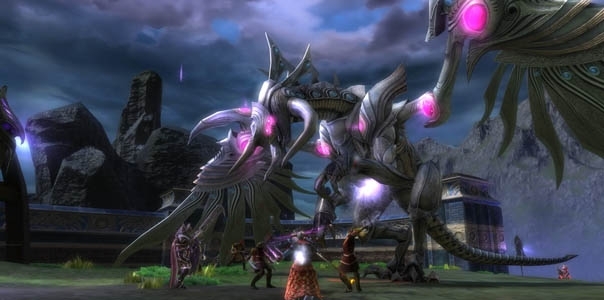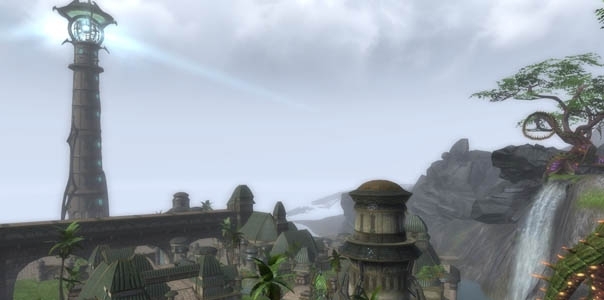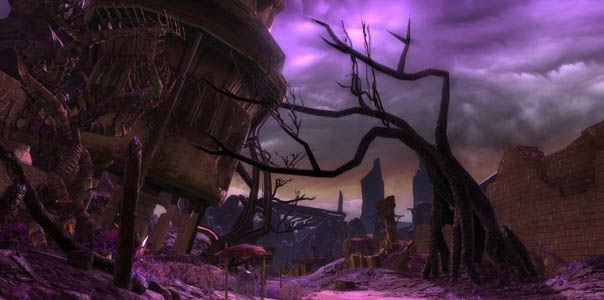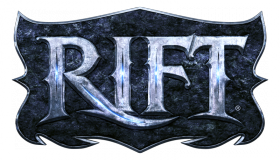RIFT: Storm Legion - First Impressions Review
In his first report from Dusken and Brevane, Gareth "Gazimoff" Harmer gives his initial thoughts on RIFT's massive expansion.

I’ve been watching the storm clouds gather for half a year now. Since the announcement back in June I’ve seen feature reveals, from new Souls to new mechanics. I’ve interviewed developers and sat on roundtable discussions. But after the eyes-on and hands-on, the weather has finally broken; RIFT: Storm Legion is here.
At ZAM we carve up our MMO reviews, sharing our experiences as we climb toward level cap and highlighting key features. After being knee-deep in planar creatures for just over a week, this is the first in a series of reports from the new continents of Dusken and Brevane. As my journey through Trion’s first expansion continues, I’ll keep you updated with what to expect in the later stages.
After having mixed opinions on classic RIFT, I was apprehensive heading into this expansion. Would a cavalcade of new features be enough to keep pace with the rapidly evolving MMO genre? Would a new story arc, a dire warning from a faraway land, be enough to lure me to adventure? Would two new continents, that triple the size of the world, dazzle and amaze me? So far, the answers to these are both yes and no.

Level Recap
Much has changed since RIFT launched some 18 months ago. Eleven content updates have focused heavily on introducing new features, but while the cross-server looking for group tool is a major one, there are several other ways to explore Telara. Instant adventure groups you up with a band of marauders, rampaging through the open world to complete objectives. Crafting rifts grant access to hard-to-find reagents and materials. Chronicles are two or three-player variants of popular raids, and Conquest is 3-faction mass PvP.
The story has also moved on. Four of the six planar gods have been defeated by heroes of Telara, yet their minions still invade the world. Crucia, Dragon Goddess of the Storm Legion, has erupted from her icy prison in Iron Pine Peak. The ravaged continents of Brevane and Dusken hold the remains of a lost civilization, birthplace of countless machines fueled by Empyreal power. But Dusken contains another prize; the Infinity Gate, a God Engine created by Brevanic scholars, and rumored to open portals to the other planes. It is over this treasure that Regulos and Crucia, the two remaining planar gods, wage war.
While veteran level 50 players are able to step on the shores of Cape Jule or the Kingdom of Pelladane immediately, newcomers to RIFT will still need to play through the original continent of Mathosia and develop their Ascended powers. Although having 8 soul trees per class – now 9 in Storm Legion – made characters incredibly customizable, building a strong spec took time and research. In order help with choosing particular play styles, soul build templates called Purposes were previously introduced. Storm Legion has since added new Purposes to take advantage of new souls, giving Mages a viable melee spec for example. While I’d choose Gravelord - a void-touched warlock with a side-order of necromancy - as a leveling spec for my Mage, I now swap to a sword-wielding Spellblade when running instances.
As a fresh-faced level 50 character in the most basic of gear, I spent a bit of time finding a Purpose that worked for me. The lack of level overlap between the old world of Mathosia and the new continents of Dusken and Brevane mean that the experience can be quite brutal and frustrating if you’re being regularly butchered by the locals. Persistence pays off, as the quest rewards on offer will bring your gear bang up to date.

I’m On a Boat
On arrival at the Kingdom of Pelladane, I was greeted by a grey, rain-drenched land, with rolling hills and jutting granite outcrops rising to greet me. The bleak vistas had more in common with a dismal Welsh autumn than some exotic locale, making me feel nervous about my adventure before I had even begun. But it made sense – this small zone is the battlefront between Crucia’s Storm Legion, Regulos’ Endless Court and the few survivors allied to Queen Miela’s cause. My quest took me from the beachhead where I landed to these small pockets of resistance, but this wasn’t as simple as following a few signposts.
Just as with open-world RPGs, modern MMOs are faced with the challenge of breaking up the mundane linearity of traditional questing. RIFT originally sought to achieve this by providing alternatives through the dynamic events the game was named after, and continued this theme by patching in further ways to avoid questing.
It’s an approach that’s continued in Storm Legion, with Trion being more thoughtful about how quests are presented. Story missions drove me through the zones and gave me a reason to visit various places, but it’s very easy to stumble on additional quests en-route. Traditional kill-ten-rats quests have been reclassified as Carnage; I’d kill one creature that had strayed into my path, and be asked to bring an end to nineteen more. I’d find an interesting item in the wilderness and automatically get a quest to collect half a dozen.
Rifts are still a strong component of the game, as are the multiple phase zone-wide events that culminate in a series of open-world boss fights, but Storm Legion also offers more ways to battle planar invaders. My experience with Hunt Rifts has been painful so far, where I’ve attempted to lure a major planar entity to its death and been summarily zerged by waves of minions outraged by my constructed lure. Onslaught has been much more fun, using my Ascended abilities to power up turrets and lifesprings in a tower defense-style minigame.




